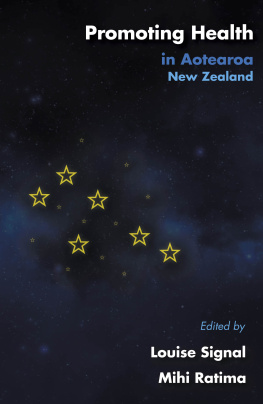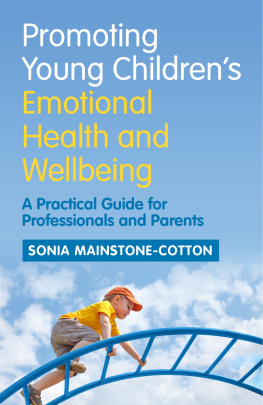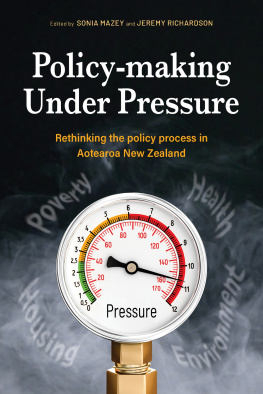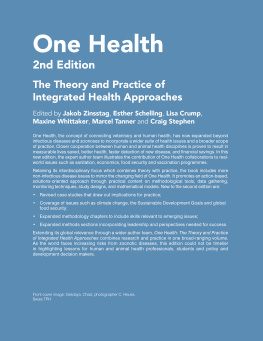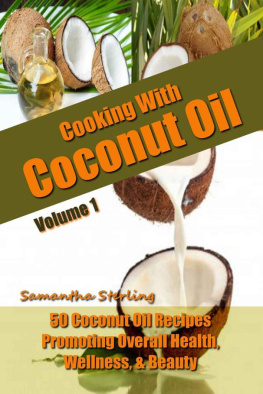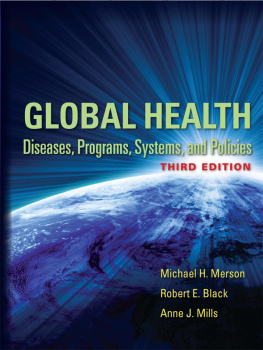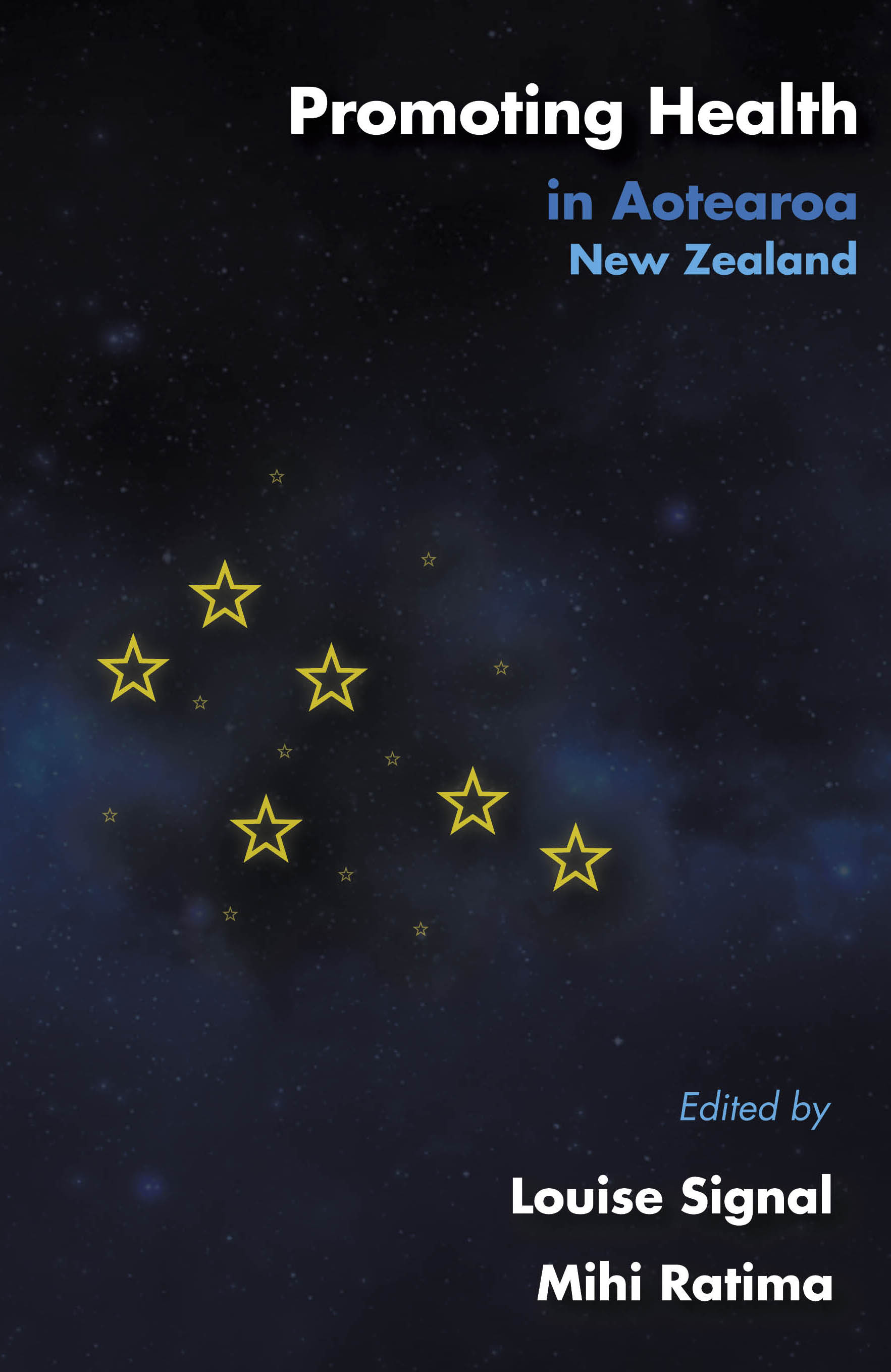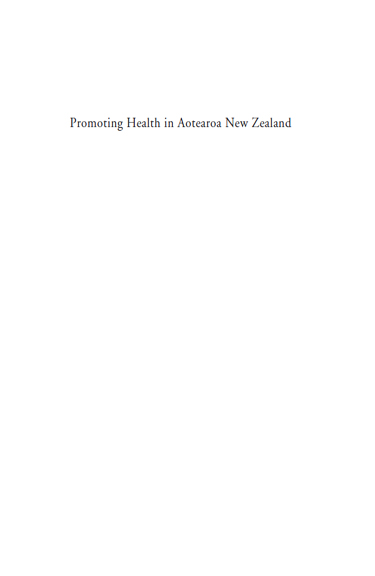Published by Otago University Press
Level 1, 398 Cumberland Street
Dunedin, New Zealand
www.otago.ac.nz/press
First published 2015
Copyright the authors as named.
Volume copyright Otago University Press
The moral rights of the authors have been asserted.
ISBN 978-1-877578-82-3 (print)
ISBN 978-1-927322-67-3 (Kindle)
ISBN 978-1-927322-68-0 (ePub)
ISBN 978-1-927322-69-7 (ePDF)
A catalogue record for this book is available from the National Library of New Zealand. This book is copyright. Except for the purpose of fair review, no part may be stored or transmitted in any form or by any means, electronic or mechanical, including recording or storage in any information retrieval system, without permission in writing from the publishers. No reproduction may be made, whether by photocopying or by any other means, unless a licence has been obtained from the publisher.
Cover design: Rizvan Tu`itahi
Editor: Imogen Coxhead
Design/layout: Christine Buess
Index: Diane Lowther
Ebook conversion 2016 by meBooks
We dedicate this book to the children of this country, who represent our future. We hope that, in some small way, this publication helps to make your journeys easier.
MIHI
Ko t manawa, ko taku manawa
Tnei hoki t manawa ka tina
Tnei hoki t manawa ka toka
Tnei hoki t manawa ka poutiki
Tina noho t manawa ora, hei ora
Nau mai e te rau, hou mai e te tini ki tnei papanga krero
Rauhtia mai he maimai aroha ki mata pkenga, ki mata wnanga, whiti atu ki te p
Tn ko tnei, ko mata rauora, ko mata raunui horapa te whenua, horapa te ao
Ko ng tohu o te ora i matapakihia ai i ng w o te urut, o te pauau, o te auphi roa
He ohaohanga tr n ng rautau, e kore e whakahua i a wai i tna huhua
He ohaohanga tnei n nkua tata me te whakahuahua i tna rrangi ingoa mai
Ko te kupu kua whiti mai, engari an te tirohanga he whroa
Whakatau mai e aku piringa ki tnei papanga aronui o ngi ihiihi, o ngi wanawana
Ng mia e tohe tonu r ki te ora, he oranga pmau i roto i te ao nei, he ao whaimana
E kore r e oti i te rrangi tuhituhi, khore, kei a koutou te ptake o te pukapuka nei
Ka oti i runga i te pokohiwi o te hpai , i te pane o te amorangi, o te amokapua
Ka oti i roto i ng whakatupuranga e tupu ora mai ai, he oranga tonutanga
Nau mai e te manawa ora, e rarau e
Chapter 1
Introduction
LOUISE SIGNAL & MIHI RATIMA
Health promotion is an internationally accepted public health approach both within the health sector and across other sectors of society. Texts on health promotion in Aotearoa New Zealand are very limited, so overseas texts are frequently used in teaching and supporting public health practice. Often they are not appropriate to Mori, other New Zealanders, and the New Zealand context. This issue has been of concern to health promotion academics and practitioners for a number of years. This book aims to make a significant contribution to addressing this lack of relevant material. In particular, it provides an opportunity for key areas of health promotion competence to be explored and promoted to the public health workforce and those engaged in health promotion initiatives across all sectors. In doing so, it supports the Health Promotion Competencies (Health Promotion Forum of New Zealand 2012), the Generic Public Health Competencies (Public Health Association of New Zealand 2007) and the Public Health Workforce Development Plan (Ministry of Health 2007).
This book is written for everyone interested in promoting health, including students, practitioners and policy-makers in health and other sectors. It will be of interest to those promoting health across the health sector, in Mori and other NGOs (e.g. Tipu Ora, the Cancer Society, the Heart Foundation, and the AIDS Foundation) and to government agencies such as Accident Compensation Corporation (in accident prevention) and the New Zealand Transport Agency (in road safety). This book will also have wider relevance to an international audience with an interest in health promotion, for example to those concerned with promoting the health of indigenous peoples.
It is anticipated that the book will contribute to the improved quality of health promotion and public health process and outcomes, including reducing inequities, by:
more clearly defining and articulating health promotion in the New Zealand context, including Mori health promotion
enhancing the quality of health promotion knowledge, theory and practice
informing Treaty of Waitangi-based practice
promoting health equity
contributing to enhancing community readiness to lead and/or benefit from health promotion initiatives, and
supporting a better prepared and more effective workforce.
The book focuses on key aspects of health promotion thinking and practice, and not on specific health issues, risk factors or health determinants. This has been a deliberate strategy. We have concentrated on identifying the basic tenets of health promotion in New Zealand no matter what the issue being addressed. Issue-specific content is woven throughout the book as the various contributors illustrate their particular stories.
The book was conceptualised as a text that equally integrates Mori and Pkeh analysis, consistent with an approach that emphasises the Treaty partnership and indigenous rights. We have endeavoured to achieve this by the structure of the book, by the key themes that run through it, and by collaboration between Mori and Pkeh as editors, advisors and contributors. It is signalled by the use of the phrase Aotearoa New Zealand in the title and in each chapter.
The contributors come from a wide range of backgrounds and experience, both in health promotion and in their lives, as can be seen from their biographies. This means that topics have been written about from different perspectives using a range of theories and approaches. While this diversity provides richness to the text, in some instances it has resulted in the same issue being discussed in different ways. We see this as a strength of the book as it illustrates the diversity that is health promotion, emphasises that health promotion is a living concept that continues to evolve, and provides further points for debate.
What is health promotion?
In 1986 the World Health Organization (WHO) joined with the Canadian Federal Government and the Canadian Public Health Association to hold the first international health promotion conference in Ottawa. The main output of the meeting was the Ottawa Charter (World Health Organization, Health and Welfare Canada, & Canadian Public Health Association 1986), a brief document that has come to define health promotion internationally. It is this document that we use to define generic health promotion in this book.
The Ottawa Charter defines health promotion as the process of enabling people to increase control over, and to improve, their health (World Health Organization et al. 1986, 2). It is defined as a method to enable or facilitate people and therefore aspires to be empowering rather than dictatorial, patronising or disabling. Whether it always succeeds in this ideal is another matter, and one we explore in this book.

